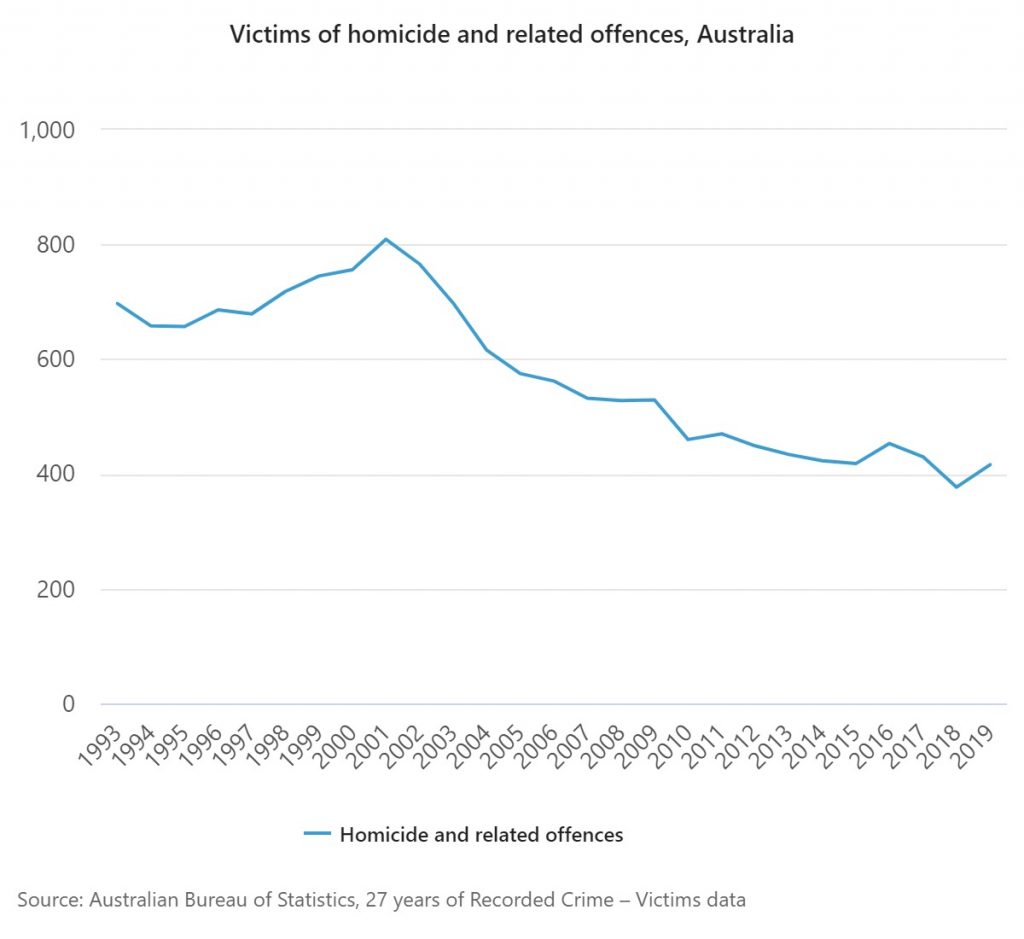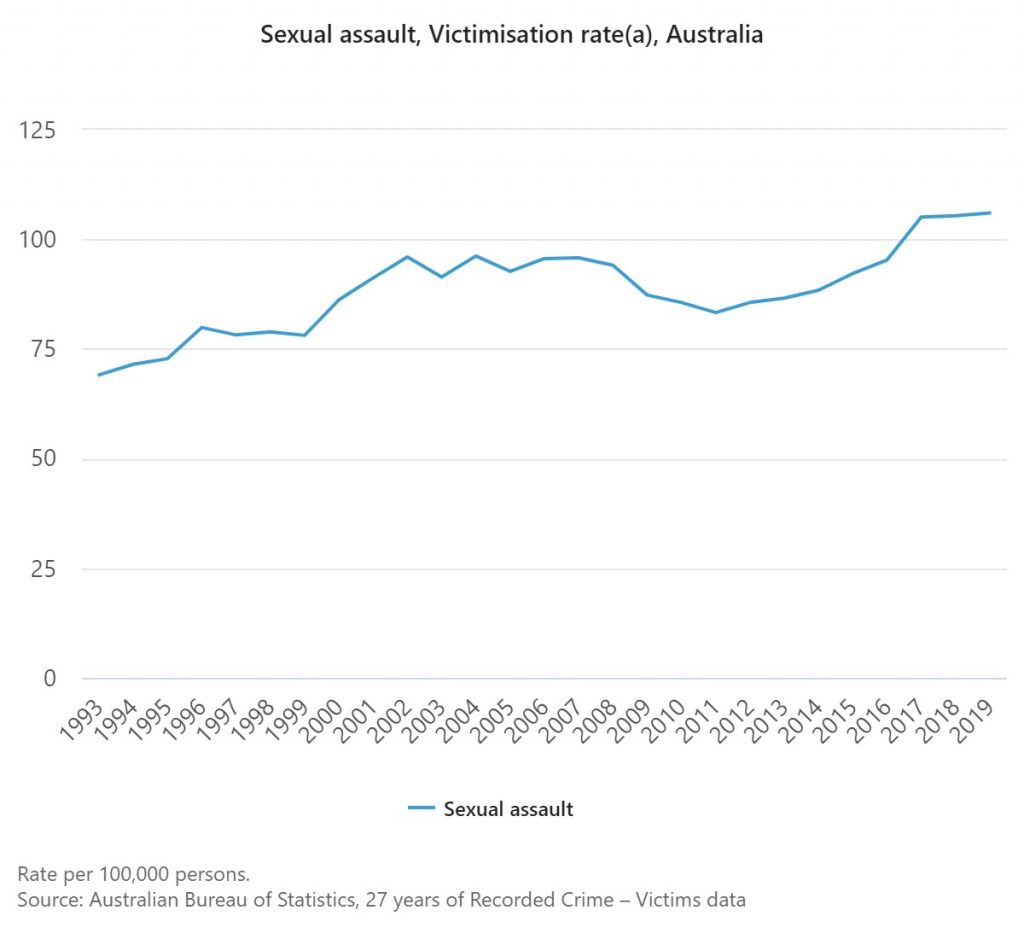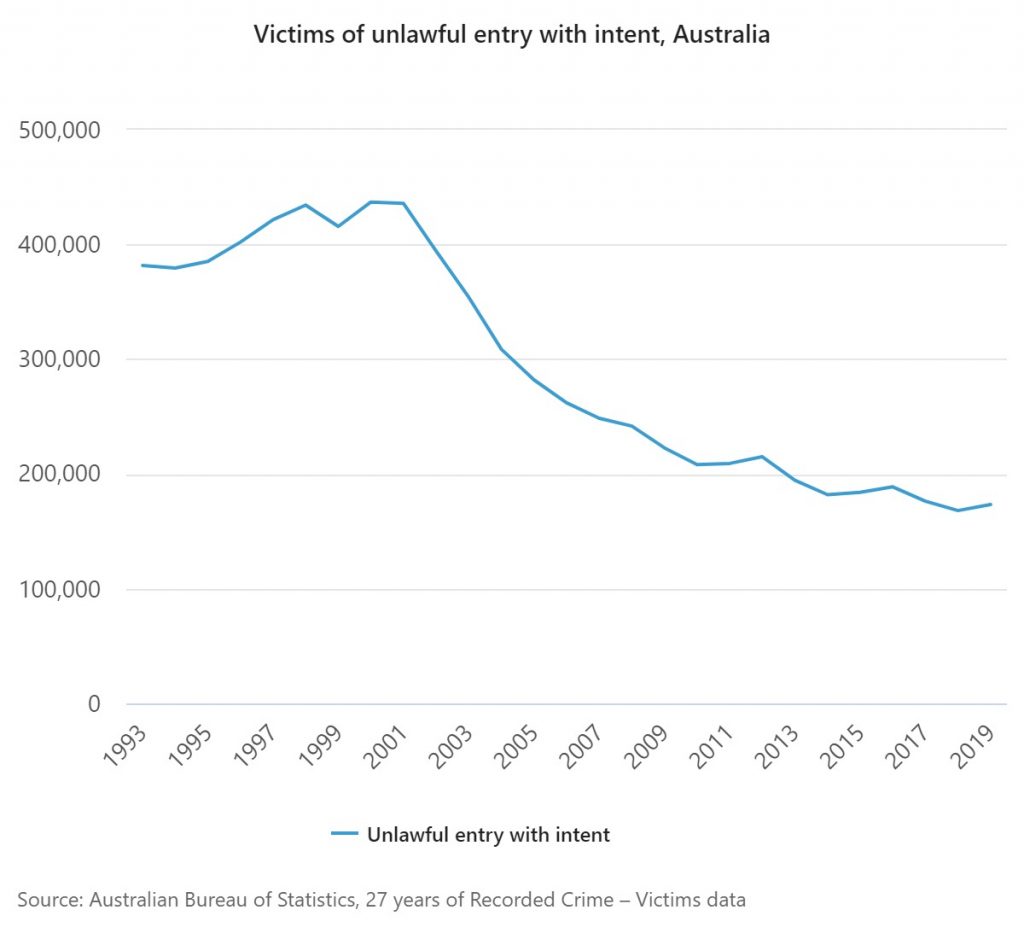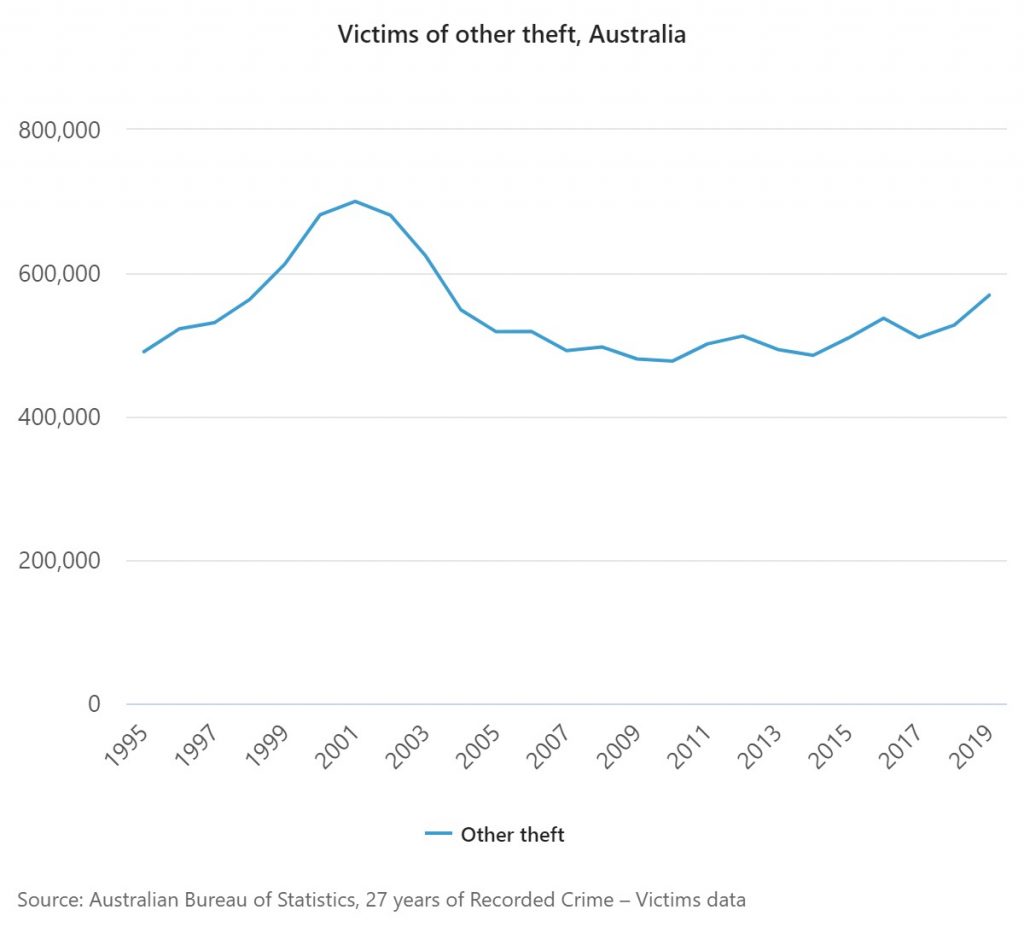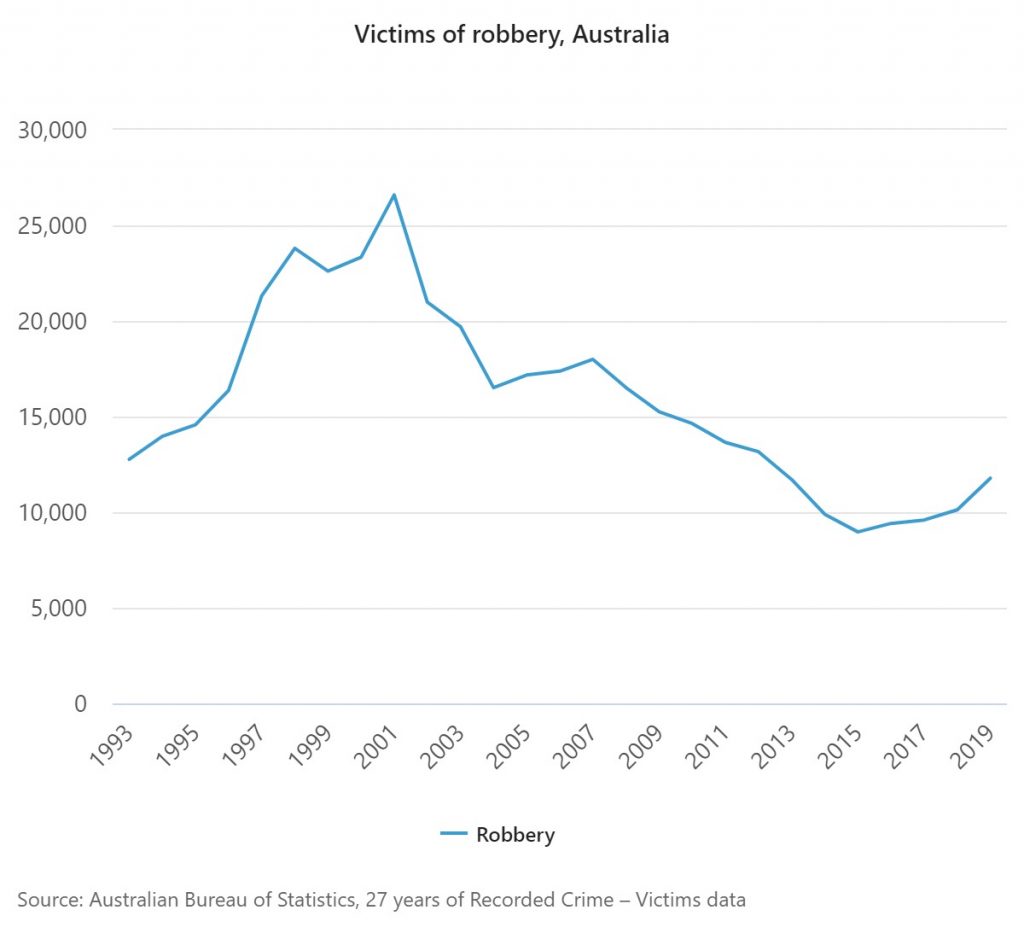
As an academic and legal piece, I was hoping for more… but I didn’t get more. I am disappointed in the copy/paste gun control talking points this piece, from Leila Nadya Sadat and Madaline Marie George, over at Washington University in St. Louis takes to make their case. It clearly isn’t meant to sway me or anyone intellectually engaged in this debate, it is meant to appeal to the population often referred to as ‘useful idiots’ with an appeal to authority and the usual statistical games.
Gun violence and human rights: Seeking a comprehensive solution
America’s insistence on gun rights is violating its citizens international human rights. Law experts talk about what the United States can do about the gun violence crisis.
While my position on firearm rights as human rights (being as they are the most universal individual human weapon of the day) should be abundantly clear, I am open to hearing a concise academically supported argument on things that can be improved.
I want violence in this nation (and the world in general) to continue to subside, with civility becoming the international norm. But we get nowhere in the debate by pretending it already was, or is, the international norm. It is not. It is closest to norm among the ‘westernized’ powers, but even there it is a fragile thing, barely established, and disregarded for political expedience.
The WU piece opens thus,
Gun violence in the United States has reached crisis proportions. Nearly 40,000 people are killed by guns in the United States every year and another 175,000 are wounded. Women and individuals of color are disproportionately affected. Mass shootings occur with alarming frequency in schools, in offices, at churches and concerts, and in theaters. An average of one school shooting occurs every week.
There is already a great deal to unpack here, but it is nice they establish their ‘wokeness’ bonafides in the first paragraph just in case we would disregard their opinions out of hand if they didn’t. They are on team ‘good think’ first and foremost.
The numbers sound “accurate” but in a… well…

Woman and individuals of color are disproportionately affected, this is “true” too. Women are much less likely to be the victim of a homicide and even less likely to be the convicted perpetrator of a homicide in the US than a man. Now, domestic homicide specifically, or sexually related homicides, women as victims go up drastically, but in that specific segment of motive. However, both suicide and homicide are decidedly more lethal for men by an overall factor of approximately 3 to 1.
As for “individuals of color.” If we look specifically at the Black community, homicide is a disproportionately high problem. Homicide is also a intraracial problem. With Caucasian (which now include Hispanics apparently. I wish they would make up their minds) killing intraracially, other Caucasian/Hispanics, 81% of the time and Blacks 89% of the time killing other Blacks.
This means that 13%, actually closer to 7% since victims and perpetrators are overwhelmingly male, of the US population as an ethnic demographic accounts for 57% of it’s homicide victims and 53% of its perpetrators. However, put another way, 40,000,000 people in the United States by ethnic background account for approximately 9,120 homicide victims and 8,117 perpetrators (with some being both perpetrator and then retaliatory victim) or .022% of the ethnic population were victims and .020% were perpetrators, most of both victim and perpetrator were male (using 2018 numbers).
Concerning? Certainly, homicide is concerning. But it is my opinion we dull the word crisis by oversimplifying the complex, and separate, problems that are homicide and suicide.
“Mass shootings occur with alarming frequency in schools, in offices, at churches and concerts, and in theaters.“
Since any single occurrence is alarming, this sentence doesn’t give us much beyond agitprop, does it? Also, pointing out that mass shootings occur in public populated places is well… duh? We can also say that sparsely populated farmland has a very low occurrence of mass shootings, and I’ve given you just as much useable information.
Folks, we aren’t out of the first paragraph yet….
“An average of one school shooting occurs every week.“
Okay, we know they play fast and loose with what constitutes ‘a school shooting,’ including stray rounds that pass through a school zone by accident, suicides on property, and criminal shootings unrelated to the school but on the property, in the tally to pad the number. Then doing nothing to separate those incidents from ones like Sandy Hook or Marjory Stoneman-Douglas so that an audience assumes they are like incidents. One would have to look at reports like Mass Attacks in Public Places to get a more appreciable for the number of school shootings that rise to the level of Sandy Hook.
We are seeing statistics and sliding goal posts used to obfuscate about the problem’s scale. Strategic number use in order to produce the desired emotional result, disproportionate to the realistic risk.
Although Americans constitute only 4.4% of the world’s population, 42% of civilian-owned guns in the world are found in the United States, and our rates of gun deaths (both homicide and suicide) greatly exceed those of other industrialized nations.]
Note the scale slide from ‘World’s Population’ to ‘Industrialized Nations,’ we are not working within a defined dataset. That is, of course, on purpose because within defined datasets the trends are far less alarming. Concerning, yes. Any manner of preventable death should be concerning, but this piece is striking an alarming tone. “Crisis,” remember? I compared the deaths to alcohol related ones not long ago. Spoiler: Alcohol related deaths are far higher than guns.
“Alcohol is consumed by large proportions of adults in most countries around the world. Though not causing significant problems for most drinkers, alcohol use is associated with numerous negative consequences for the drinker and society at large. Globally alcohol causes 3.2% of all deaths or 1.8 million deaths annually and accounts for 4.0% of disease
burden. Many of these deaths are the result of injuries caused by hazardous and harmful drinking. Of the total number of alcohol-attributable deaths, 32.0% are from unintentional injuries, and 13.7% are from intentional injuries. This means that about half of the deaths attributable to alcohol are from injuries.” –WHO
[The U.S. gun violence crisis has spilled over the border: More than 200,000 guns are smuggled into Mexico each year, and the U.N. Office on Drugs and Crime report that easy access to guns is the major contributing factor to high gun-related homicide rates in Latin America.
| Weapon | Primary Source |
|---|---|
| AK rifle variants (semi-automatic) | United States[8][78][79] |
| AK rifle variants (select-fire) | Central America, South America, Middle East, Africa, Central Asia, South Asia, East Asia[80][81] |
| AR-15 rifle (semi-automatic) | United States[8][82] |
| M16 rifle (select-fire) | purportedly Vietnam[83] |
| Fragmentation grenades M61/M67/MK 2/K400 | United States,[84][85][86][87][88][89][90] Central America, South Korea,[91] Spain, Soviet bloc, Guatemala,[92] Vietnam,[83] Unknown[92][93] |
| RPG-7 /M72 LAW / M203 Grenade launchers | United States,[94] Asia, Central America/Guatemala,[92] North Korea[93][95][96][97] |
| Barrett M82 | United States.[8][92][93][97][98][99][100][101] |
| M2 Carbine (select fire) | Vietnam[83] |
Sliding scale again from ‘Mexico’ to ‘Latin America,’ noted. There are some concerning items on that list that do not come from the US too… in fact the least concerning items on this list are the civilian available US ones.
Oh, and are we simply going to dismiss Fast & Furious, where the US Government gave guns to Mexican cartels… on purpose? The US DoJ promised the dealers, who knew about and could stop the straw purchases at the counter and raised all the red flags they could, that the guns would be stopped after they were tracked… and it didn’t happen. The ATF and other LE organizations involved have an abysmal recovery record on all the “walked” guns.
Yet we expect them to do better here domestically? Why? An organized operation specifically to stop gun running to the cartels gave them thousands of weapons instead. What domestic efficacy can we expect?
Oh and ‘easy access to ______’ is a throw away line. Easy access to vehicles is a major contributing factor in vehicle injuries and deaths. Easy access to alcohol is a major contributing factor in alcohol related injuries and diseases. Easy access to gravity is a major contributing factor to injuries and deaths from falls and falling objects. That’s before we get to the ‘gun-related’ tag which methodically ties the homicide its method so of course they are related.
Yet the crisis continues to spiral out of control.
Does it? By every objective measure our homicide rate isn’t unusual, even if it is higher than we would like.
Oh, you can certainly cherry-pick around the US to make them look horrible, but only by selectively editing out any data based on organized crime, cultural mores, and societal social make up. The fact that Western Europe is an old, a very old place doesn’t seem to factor into these calculations, nor how small and homogenized the cultures are. Nor do they seem interested in tying the homicide to motive, rather than blaming method. Meaning they consider how somebody kills somebody else more than why.
Yes, guns make it easy to kill. They are the preferred individual weapon of the 20th and 21st centuries, and likely the 19th and 18th as well. That will, of course, make them the preferred tool to misuse for unjust violence.
In 2017, Professor Leila Sadat, as the director of the Whitney R. Harris World Law Institute at the School of Law at Washington University in St. Louis, launched the Gun Violence and Human Rights Initiative to tackle this problem. Co-author and Harris Institute Senior Fellow Madaline George, JD ’14, and a team of law student researchers worked with the Institute for Public Health’s Gun Violence Initiative to explore this question from a human-rights perspective. We have held conferences and expert meetings, published our findings, testified before international human rights bodies, and helped to reframe of the policy and legal debate. We recently received funding from the Joyce Foundation to support work on implementation of our findings in the courts.
Several takeaways have emerged from our work.
First, easy and unregulated access to firearms, as well as the potency of weapons such as the AR-15, are the sources of the problem.]
Unregulated? Are you familiar with an entity known as the Bureau of Alcohol, Tobacco, Firearms, & Explosives? Commonly referred to simply as the ATF? An entire agency who regulates firearms?
Most federal gun laws are found in the following acts:[2][3]
- National Firearms Act (“NFA”) (1934): Taxes the manufacture and transfer of, and mandates the registration of Title II weapons such as machine guns, short-barreled rifles and shotguns, heavy weapons, explosive ordnance, suppressors, and disguised or improvised firearms.
- Federal Firearms Act of 1938 (“FFA”): Requires that gun manufacturers, importers, and those in the business of selling firearms have a Federal Firearms License (FFL). Prohibits the transfer of firearms to certain classes of people, such as convicted felons.
- Omnibus Crime Control and Safe Streets Act of 1968 (1968): Prohibited interstate trade in handguns, increased the minimum age to 21 for buying handguns.
- Gun Control Act of 1968 (“GCA”): Focuses primarily on regulating interstate commerce in firearms by generally prohibiting interstate firearms transfers except among licensed manufacturers, dealers and importers.
- Firearm Owners Protection Act (“FOPA”) (1986): Revised and partially repealed the Gun Control Act of 1968. Prohibited the sale to civilians of automatic firearms manufactured after the date of the law’s passage. Required ATF approval of transfers of automatic firearms.
- Undetectable Firearms Act (1988): Effectively criminalizes, with a few exceptions, the manufacture, importation, sale, shipment, delivery, possession, transfer, or receipt of firearms with less than 3.7 oz of metal content.
- Gun-Free School Zones Act (1990): Prohibits unauthorized individuals from knowingly possessing a firearm at a place that the individual knows, or has reasonable cause to believe, is a school zone.
- Brady Handgun Violence Prevention Act (1993): Requires background checks on most firearm purchasers, depending on seller and venue.
- Federal Assault Weapons Ban (1994–2004): Banned semiautomatics that looked like assault weapons and large capacity ammunition feeding devices. The law expired in 2004.
- Law Enforcement Officers Safety Act (2004): Granted law enforcement officers and former law enforcement officers the right to carry a concealed firearm in any jurisdiction in the United States, regardless of state or local laws, with certain exceptions.
- Protection of Lawful Commerce in Arms Act (2005): Prevents firearms manufacturers and licensed dealers from being held liable for negligence when crimes have been committed with their products.
We are far from unregulated, we simply are not prohibited.
As for ‘potency’ as a term referencing the maligned AR-15, if you mean the gunshot can kill you and the firearm can be shot repeatedly then yes. Every single firearm since the introduction of the metallic cartridge is ‘potent’ by that definition. An unopposed individual with just about any firearm designed in the last century and a quarter can be a ‘potent’ threat and I would feel as at risk facing someone with a Mosin-Nagant rifle who had a clue how to use it as I would somebody with an AR if I were unarmed (or armed for that manner).
From a threat assessment standpoint, “firearm” constitutes the same approximate danger value regardless of type. A sub-variation can be assessed between long gun and handgun and a further sub-variation could be assessed for semi-auto rifles and comparable shotguns, both pump and semi-auto, to differentiate them from hunting geared firearms. But the most drastic threat matrix change is applied by adding any firearm, not a specific type of firearm.
[As Philip Alpers, founding director of GunPolicy.org, has observed, the gun is to gun violence as the mosquito is to malaria. It is the vector of the disease.]
A leading sentence because ‘gun’-violence is no more disease than violence independent of method. Violence is a human behavior, an action or reaction that projects physical force to achieve an objective. That objective can be selfless or selfish, noble or nefarious, justifiable or unjustifiable, legal or illegal. Violence is not a disease in humans anymore than it is in any other species that uses violence, our greater ability to reason simply gives us more non-violent options for many things.
[While mental illness is sometimes invoked as the chief culprit, not only is there little evidence that this is correct, but the United States does not appear to have higher levels of mental illness than other countries, underscoring that it is easy access to guns, not mental illness, driving our high fatality rates.
There is little evidence it is correct for most homicides because it isn’t, remember when we omitted motive earlier and are instead focusing on method? Organized criminal activity drives the majority of homicides, not mental illness. And are we just ignoring suicides? Are those not mental illness? Are they not the majority of firearm deaths, making a suicidal mental state the ‘chief culprit’? What about the fact the United States’ suicide rate is also overall fairly unremarkable? Not to say that it isn’t higher than we would care for it to be, at 13.7:100,000 it is higher than the world average of 11.4, and higher than the 12.7 of high income nations taken in total.
However, Europe holds the highest regional suicide rate at 15.4 and is considered the ‘most suicidal’ by crude rate. As we know, European access to firearms is far more restricted, with rare exceptions like Switzerland, and ownership per capita is drastically lower. So firearms are not driving suicides, they are simply a convenient method.
Are the rates higher than desirable? Absolutely. But taken in the contextual subdivisions of organized crime, cultures, populations, and social mores within the US, we are unremarkable in both our homicide and suicide rates. We are simply human. We should continue to tackle the problems associated with crime and suicide, but it most certainly isn’t firearm access. If it were, our numbers would make Brazil and Venezuela look like a pair of tame tropical utopian paradises, simply due to our ownership per capita.
Second, gun-safety laws work.]
That’s a bold statement to just throw into the atmosphere since ‘work’ can be made to mean just about whatever the statement so desires. California is considered the model for gun laws, Texas and Arizona are considered among the worst, yet their relative homicide rates only vary by 1.4. Texas and Arizona are higher at 5.9 compared to California’s 4.5. Yet, Vermont which has among the oldest and most permissive gun laws, no CCW license requirement and no Assault Weapon Ban, has an effective homicide rate of 0 while Illinois, with their FOID card and rather stringent ownership requirements, has an 8.1. (2019 numbers)
Perhaps we should better define ‘work’ when referencing “gun-safety laws.”
[Many countries have implemented strict firearm regulations in response to mass shootings and public safety concerns, and they have uniformly seen reductions in gun violence.]
There is that qualifier again, gun-violence, as if method alone is (again) the matter that matters. Let’s take a look at everyone’s favorite gun control “success” story, Australia. They took extreme gun control measures in 1996 after a massacre and their rate of firearms homicide declined from 24% to 13% of total homicide related incidents (they track attempts in the same category).
Notice they peaked in 2001, five years after the ban and buyback, interestingly enough. And if we look at assault and sexual assault… those increased. Theft and robbery are unchanged in the grand scheme of things while unlawful entry with intent went down overall. So Australia is a very poor example to use for ‘removing firearms’ making a safer and more civil society.
But how about the US during the same period?
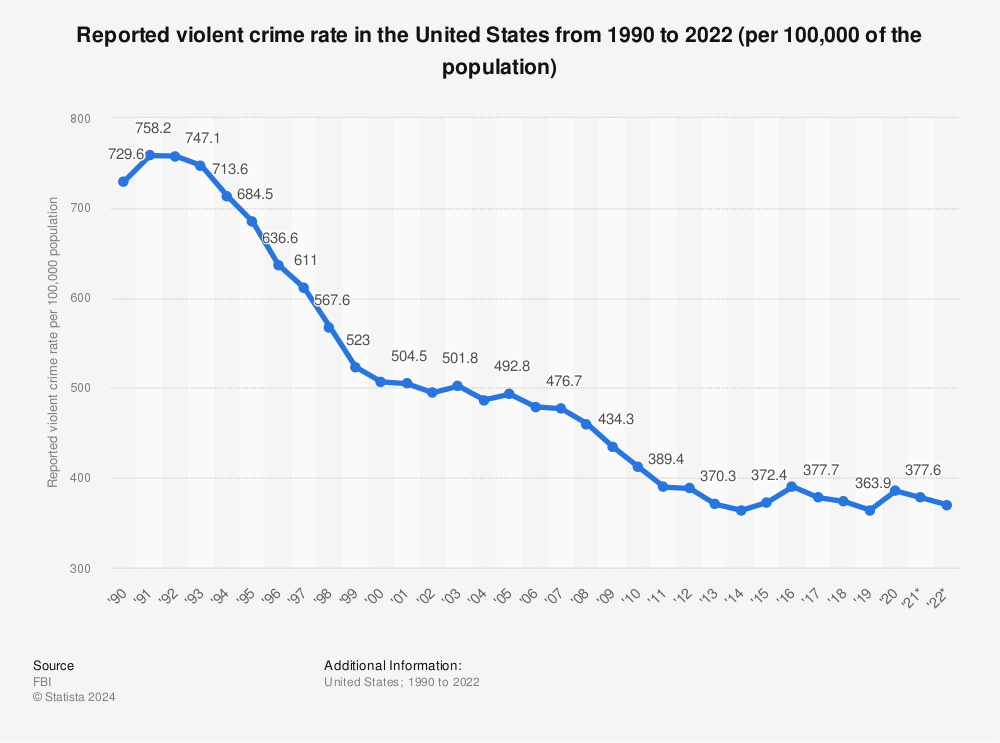
Find more statistics at Statista
Interesting. We brought “assault weapons” back in 2004 and firearms demand has more than quadrupled in that time…
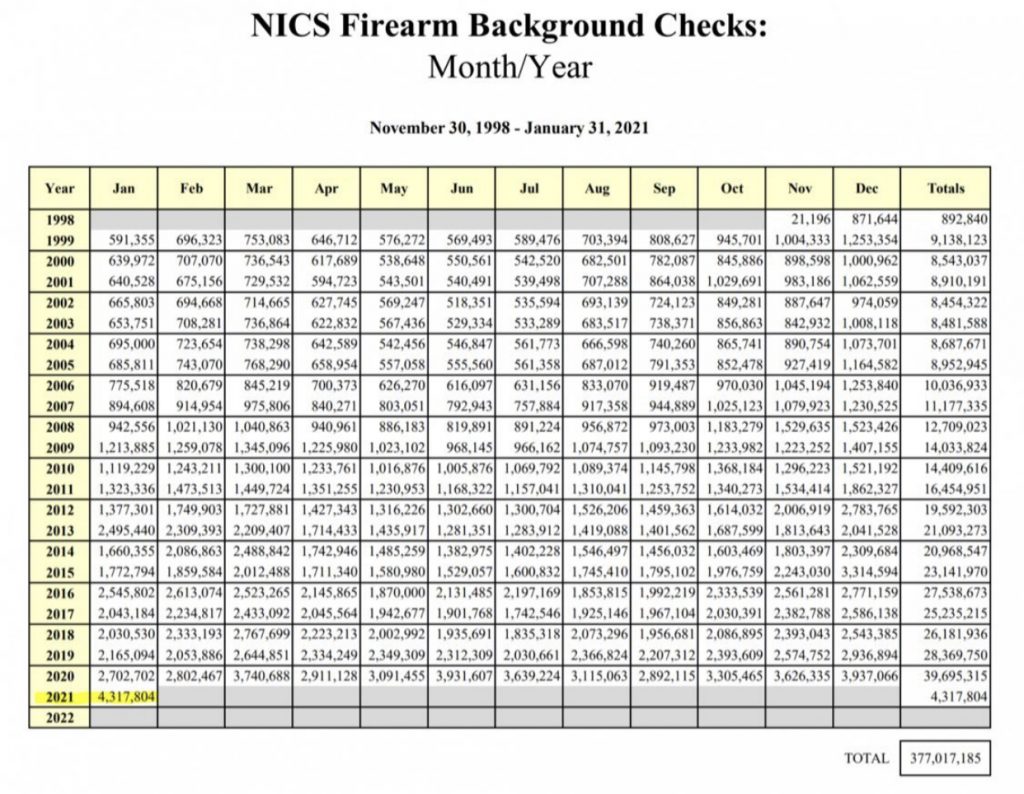
..and yet, our violent crime rate knocked an additional 25% off its occurrences over that time period. It has stayed in that range, 360-390:100,000 since 2011.
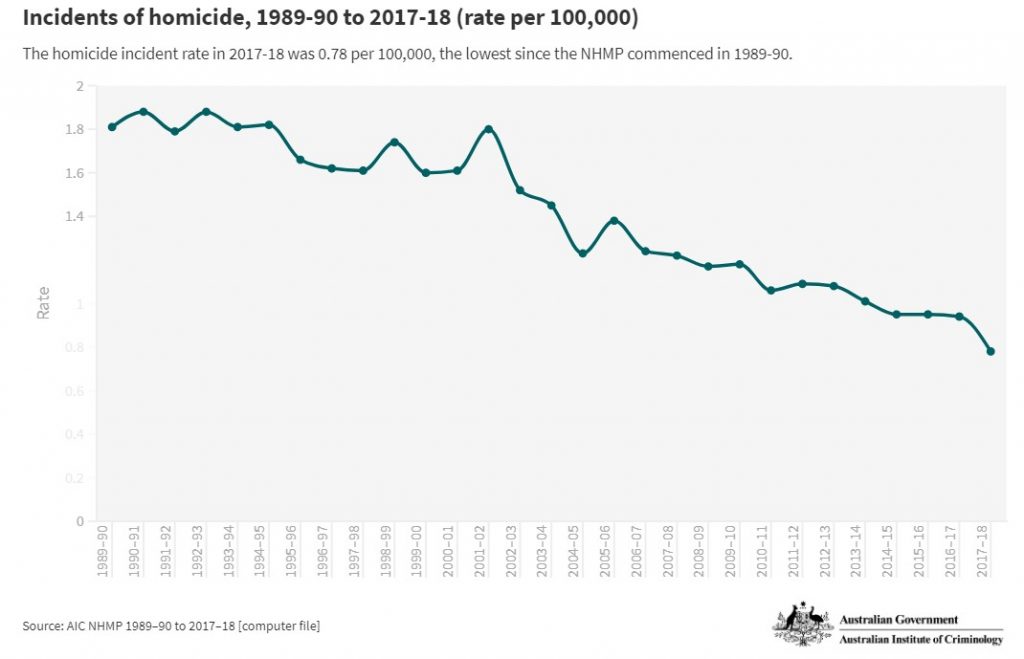
Both nations experienced overall criminal activity decline with vastly different attitudes towards firearms. I don’t believe we can say it was the removal of guns, the patterns are too similar with the attitudes on firearms being too different. It’s far more probable that the increasing modernization of policing has helped in both nations than the removal of guns was a major factor.
[Similar findings emerge when comparing U.S. states with comprehensive gun-safety legislation to those without it. Research shows that universal background checks, licensing for gun possession and firearm dealers, safe-storage laws, restrictions on the sale and possession of high-capacity and semi-automatic firearms, and waiting periods can dramatically reduce firearm homicides, suicides and accidental deaths.
Drastically is a strong word. And as I pointed out above you must cherry pick and ignore social mores and pockets of organized criminal activity to make this sound reasonable. Vermont disproves the premise on its own because…

They are trusting that you will simply take their word that they have a number that proves their premise, that gun-safety laws work, without asking too many questions, like why states like Vermont seem to break their premise. The answer is, of course, that it is more complicated than ‘X state has a waiting period and Y doesn’t ban larger capacity magazines’ or any of the other weak controls championed by gun controllers.
Third, although gun advocacy groups often argue otherwise, gun-safety laws are constitutional. In 2008, a divided Supreme Court, in District of Columbia v. Heller, held for the first time that “the Second Amendment conferred an individual right to keep and bear arms.” The Court added, however, that this right “is not unlimited.” A study of more than 1,150 challenges to firearm regulations in the decade after Heller found that the laws — including assault weapons bans, mandatory background checks, safe storage requirements and waiting periods — were constitutional over 90% of the time. The United States’ fascination with “gun rights” as constitutional rights is not only new — it is exceptional. Only two countries have a version of the Second Amendment comparable to ours, and both emphasize that the right is subordinate to government regulation.
I must wonder, will they amend their opinion on the constitutionality of those laws if The Supreme Court of the United States guts one or all of those laws in the next couple of years? Just because a politically known more local court sided with the rule or, as more often happens, they passed the buck and didn’t really level a solid ruling will they accept the change when it hits SCOTUS? Lower courts can thrive on the ‘not-really-a-decision’ decision knowing that it at least moves the case and SCOTUS will likely be the final ruling body on any challenge, but it could take years to get to that bench or fizzle out in transit thereby not being their problem in the meantime or letting their decision stand.
90% constitutional so far… but SCOTUS is very pro-2A at the moment. If magazine bans, assault weapon bans, waiting period, FOID cards, or any other provision gets stuck down as unconstitutional would they accept that at value?
Our work establishes that gun violence interferes with Americans’ enjoyment of fundamental human rights that are found in treaties and customary international law.]
This is where we really get into spurious logical territory as we selectively say what ‘is’ and what ‘isn’t’ a human right and whether or not ‘gun-violence’ interferes with the rights enjoyment. I am curious why this same standard is not applied to other nations, who have more stringent regulations on their legal ledgers concerning guns, higher rates of violence, and lower per capita ownership, but who are simply written off as barbaric (we presume) when it comes to their human rights violations.
[These include the right to life;]
Ignoring entirely the fact that the right to arms protects the right to life in circumstances, that commonly occur, in which the government cannot guarantee continuation of life to unarmed persons. It is fundamentally impossible for them to do so. But if you ignore the fact that armed self defense exists I suppose this carries water.
[the right to security of person;]
Like preservation of life, arms secure the person in common circumstances that the government cannot guarantee. Courts can enforce a penalty for a violation of the right, but they cannot prevent the violation. Personal arms can prevent in the situations where the violation is too egregious to simply be endured. Situations such as attempted murder, sexual assault, abductions, aggravated assault, and so forth.
[the right to be free from torture and ill-treatment;]
See again personal arms preventing, or granting the opportunity to prevent, that which the government physically cannot assure that they can prevent. They can respond to, but not necessarily prevent. You, the person under threat of torture and/or ill-treatment could instead, as is your human right, engage your assailant with violence befitting the threat to your person. Perhaps doing so with a simple and well designed personal weapon that can be used, even if your assailant holds a physical or numbers advantage against you… just a thought.
[the right to health;]
To perhaps… guard your person against severe and debilitating deliberate injuries?
[the right to an education;]
This is a low effort use of school shooting events to obfuscate the fact that schools are, in full context, extremely safe locations. It also ignores proven physical security measures on the basis of moral outrage. “We shouldn’t have to protect are kids with guns and body armor!” is the common line, yet we shouldn’t have to have a penalty for murder in that same exact vein of logic, because we should never have an unjustifiable deliberate death.
[the right to freedom of association and peaceful assembly;]
How about the right to protect yourself if an assembly becomes other than peaceful? How does the universal human right to personal arms, while using those arms in any way to illegally influence or threaten anyone else carries harsh criminal penalties, interfere with association and assembly? Are we saying those gun-safety laws don’t work?
[the right to freedom of expression, opinion and belief;]
Unless the opinion being expressed is the belief government is less than completely suited to safeguard any given individual and this has been proven by every variation of modern government both large and small. In addition to that opinion, the opinion that individuals have the right to proper and efficient tools to safeguard their persons because the government cannot safe guard them on the individual level.
[the right to freedom of religion;]
Like the right to an education argument above, this is a low effort attempt to use the fact that locations of worship have been a target of attacks to prove that personal arms are bad. This ignores situations where personal arms or organized arms have blunted or prevented massacres and the fact that every such massacre was illegal in the highest order. With the exception of those massacres perpetrated by government forces, who of course can legalize their own actions.
[the right to freedom from discrimination on the basis of race or sex;]
The firearm has not been called, ‘The Great Equalizer’ for nothing. When civil methods have not worked or are not applicable due to circumstances, personal arms become a necessity.
[the right to a standard of living adequate for health and well-being;]
This is one of the new age rights that ‘feel good,’ but are perhaps even more unenforceable because they are so resource intensive. The right to access to it, the right to not be discriminated against acquiring living and care, certainly. Perhaps even a discussion around the civil responsibility of society to help the most destitute of its members. But this is not a human right in the traditional sense that the Bill of Rights encompasses.
[the special protection afforded to children under international law;]
Yet we will not hear of hardening schools because of vague platitudes to the mental trauma, or some similar phrasing, it may cause children to be protected by weapons, construction, and procedures that can lower the chance of a successful attack by a student or outsider. Think of the children, but only the approved thoughts, don’t actually tackle the problem from a security conscious perspective.
[and the right to participate in the cultural life of the community. They also infringe on the right to vote and participate peacefully in the political process.
The Battle of Athens (sometimes called the McMinn County War) was a rebellion led by citizens in Athens and Etowah, Tennessee, United States, against the local government in August 1946. The citizens, including some World War II veterans, accused the local officials of predatory policing, police brutality, political corruption, and voter intimidation.
They used guns. To guarantee their fair and accountable participation in the community and the political process, they used guns.
Gun control efforts continue to push the false position that force is never under any circumstances the most viable option to resolve a given situation, unless you are the government. This comes from the equally false belief that everyone is, at some level, reasonable like you are. They are not and they are under no obligation to be. If they were, violence never would have occurred in human history. People would be obligated by the natural order of things to be reasonable.
It remains wise to have an option in case you are dealing with the unreasonable.
The failure of many states and the federal government to adopt gun-safety legislation to prevent gun violence violates a legal obligation to protect the human rights of Americans. The U.S. failure to act has been the subject of comment and review by the U.N. Human Rights Committee, the Human Rights Council, the Committee Against Torture, the Committee on the Elimination of Racial Discrimination and the Inter-American Commission on Human Rights. Responding to the crisis requires getting the political branches to take human rights seriously and to adopt public-health measures addressing the problem. It also requires a cultural shift (that is already underway) to focus less on gun rights and more on human rights. Until we do, American exceptionalism will literally kill us, as fatalities from gun violence continue to rise.
I think 2020 stopped that cultural shift, unless that was merely a platitude designed for political capital. Given that the best estimates of brand new gun owners were 40% of 2020’s gun buyers, of39,695,315 total NICS checks that would mean approximately 15,878,126 were brand new owners. That means people becoming brand new, first time, first gun owners in 2020 matched the entire demand for firearms in total in 2011. Self protection is the number one motivation for buying a firearm.
2020 was a bad year, that isn’t just a meme, violence was up as people were forced into desperate economic situations from the pandemic pressure. So the ‘cultural shift underway’ sounds like a paper tiger of the currently elected, while the common folk buy guns and ammo as they have little faith in their governing. Trust of the government has become extremely partisan, biased with ‘your team’ being the ‘good guys’ and the ‘other team’ being the ‘bad guys,’ to include elements that think political opposition is actively evil now. We here “Nazi” applied to both sides daily.
American exceptionalism, even your sarcastic use of the term, isn’t what will kill us. It is lack of trust, lack of faith in our fellows, to include people we disagree with, to be at least decent and fairly honest.
As long as gun controllers keep coming to the table dishonestly, which has been the tactic for decades, gun owners should feel no obligation to take gun controllers seriously or entertain their proposals beyond opposing them in their entirety.

